- The Pinglu Canal connects the Xijiang shipping trunk line with the Beibu Gulf waters
- After completion, it will open up a major river-sea combined transport channel from the main stream of the Xijiang River to the south into the sea in southwestern China
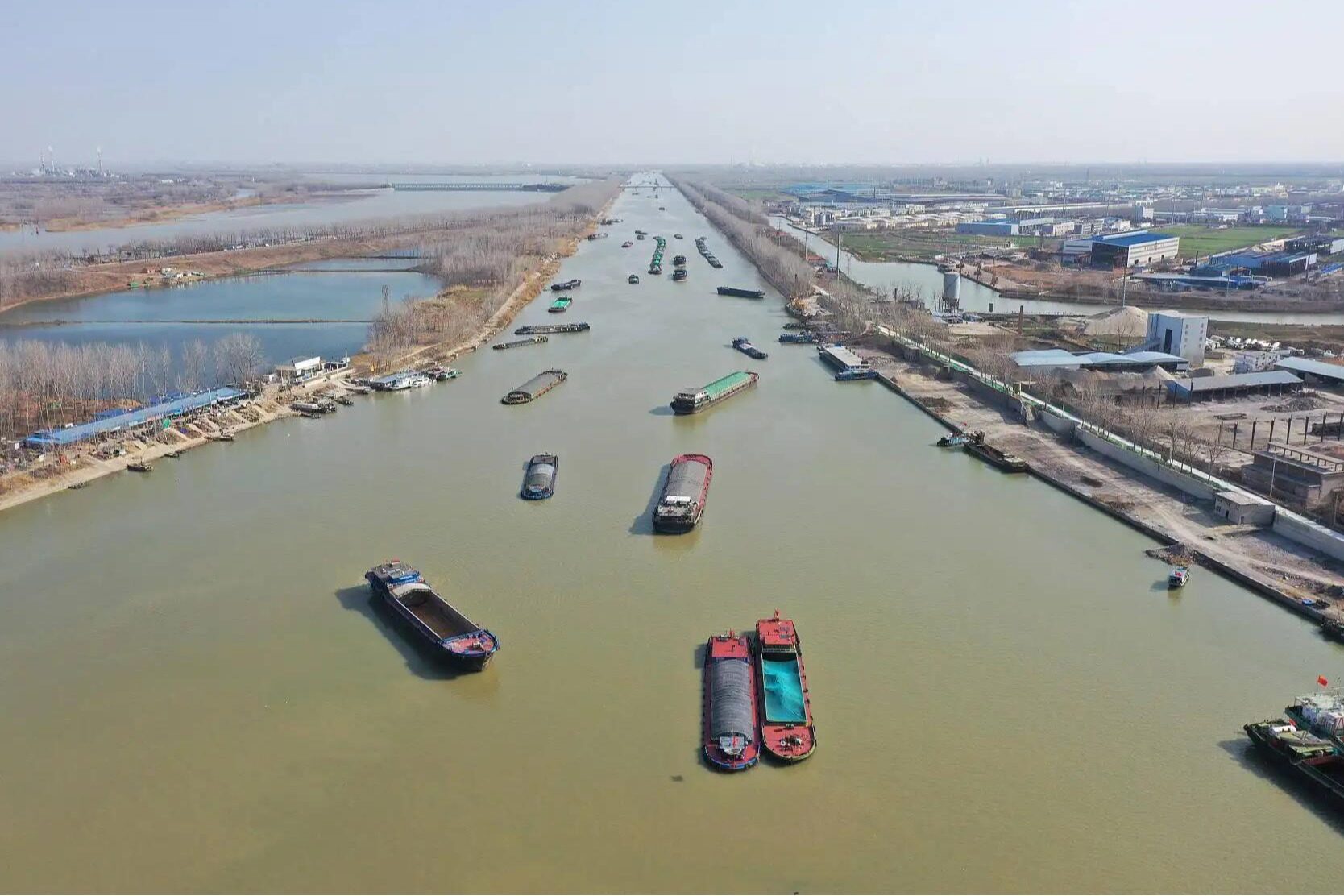
On August 28, 2022, the construction of the Pinglu Canal, the backbone project of the new western land-sea channel, officially started. On the same day, nearly 100 Liugong excavators gathered at the project site, models including 933EHD, 936EHD, 939EHD, 942EHD, 950E, 952EHD, 956EHD, etc., were in full swing. It is understood that the HD series is Liugong's heavy-duty series of excavators, which is an important step Liugong has taken in in-depth research on market segments. Combined with the seven characteristics of E series excavators, including high efficiency, low fuel consumption, high reliability, first-class maneuverability, world-class maintenance, safe and comfortable operating environment, and a variety of optional accessories, it brings great benefits to users. Different experience and shock! It is believed that with the help of Liugong's large excavators, the Pinglu Canal will surely lead to rivers and seas.
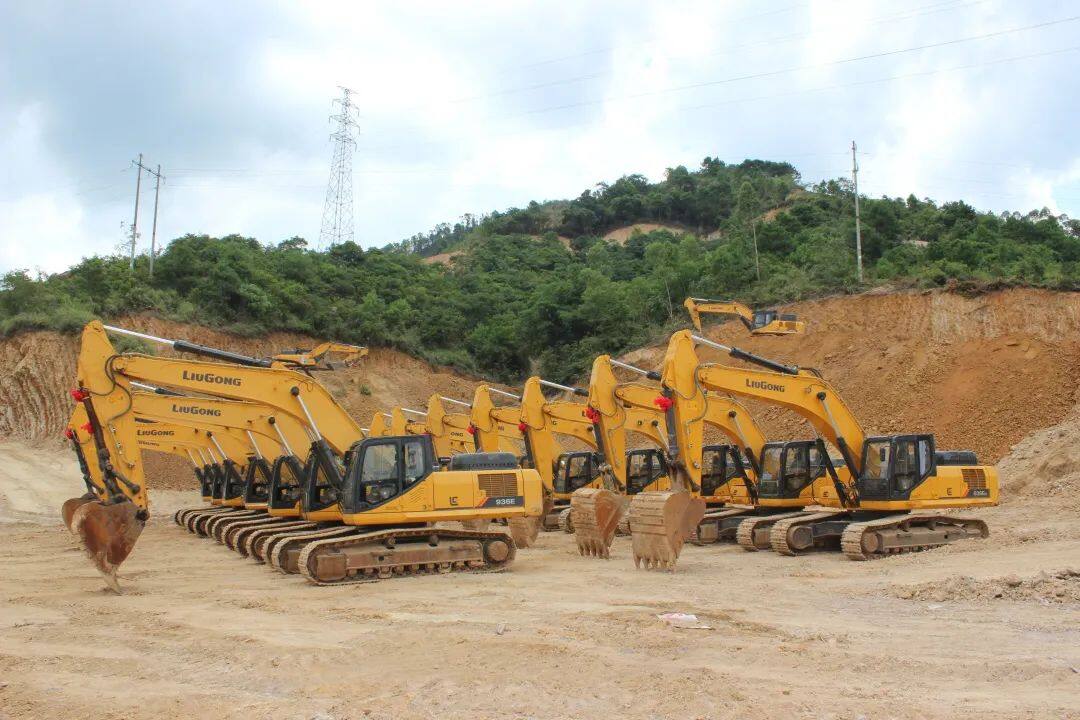
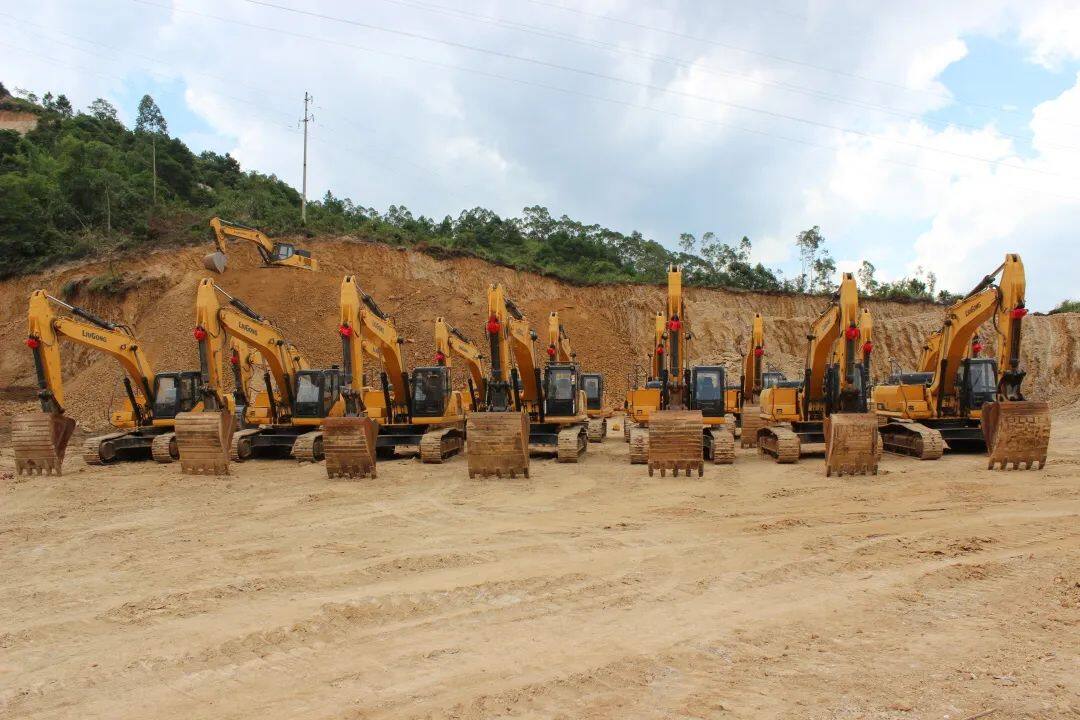
According to Chen Hongqi, Secretary of the Party Leadership Group of the Department of Transportation of Guangxi Zhuang Autonomous Region, in the construction of the Pinglu Canal, the three cascade hub projects of Madao, Qishi and Youth are the most difficult. Because there is a drop of about 65 meters between the water surface and the sea level of the Xijin Reservoir in Yujiang, it is necessary to build three cascade locks to overcome the drop and realize the continuous navigation of ships. The scale of the locks is large and the technology is complex. At the same time, the construction of the canal also faces challenges in many aspects such as safety, efficiency, greenness, and wisdom.
Lan Lan Li, chairman of Guangxi Zhuang Autonomous Region, said: "The construction of the Pinglu Canal is of great benefit to the present and future generations, and it is the time when the river will reach the sea." At present, the construction of the first phase of the Pinglu Canal Madao Hub and the first phase of the diversion project of the Youth Hub is progressing in an orderly manner. As the first canal after the Beijing-Hangzhou Grand Canal, the Pinglu Canal will change the status quo of Guangxi facing the sea but no rivers are navigable into the sea, and promote the development of the seaward economy. It can be described as a great project of the century!
Split the mountains and open the rivers, strengthen the sea map
The Pinglu Canal is the first grand canal built since the founding of the People's Republic of China to connect the river and the sea, and it is also the backbone of the new western land-sea channel. It enters Beibu Gulf along the Qinjiang River, with a total length of about 135 kilometers. It is constructed according to the standard of inland waterway I-class, and it is open to 5,000-ton ships. The main construction contents of the Pinglu Canal include waterway engineering, shipping hub engineering, cross-river facility engineering along the line and supporting engineering. The development task is mainly to develop shipping, combined with water supply, irrigation, flood control, improvement of water ecological environment, etc., with a total investment of about 72.7 billion yuan , of which the static investment is 70.46 billion yuan, and the construction period is 54 months.
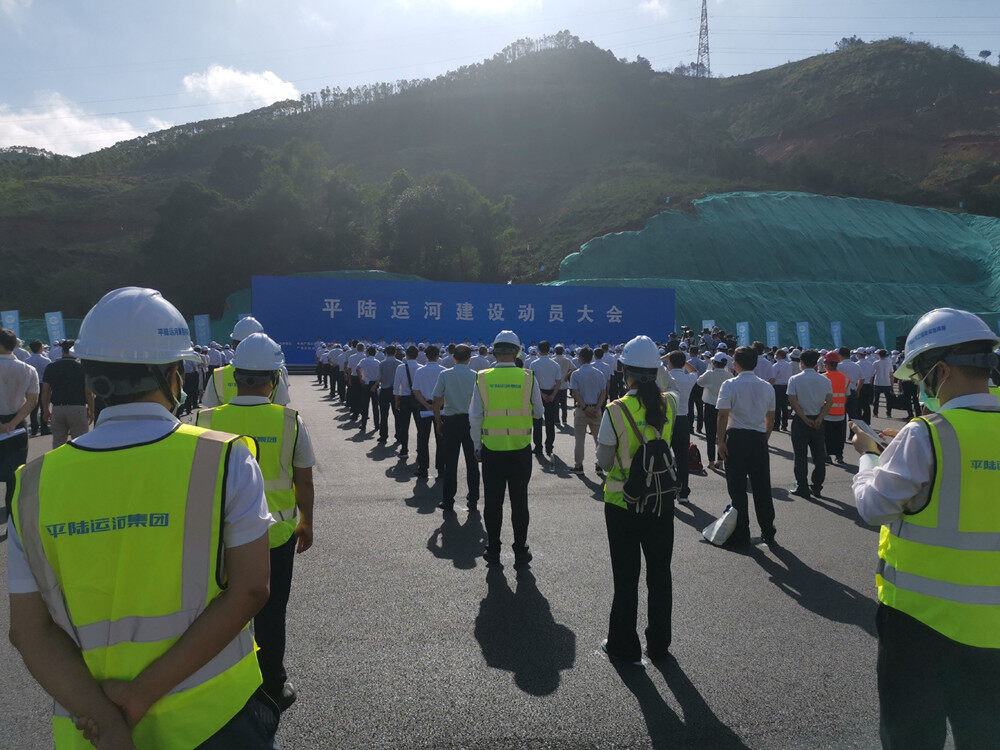
According to reports, by 2035, the Pinglu Canal will build 4 double-lane navigation cascade hubs and 140 kilometers of high-grade waterways, and complete the reconstruction of buildings that obstruct navigation across, block, and riverside, so that the Pinglu Canal can reach Class I waterways. The navigable standard of 5,000-ton ships, the designed one-way passing capacity of navigable buildings reaches about 85 million tons/year, and the capacity of the river-sea combined transport port area is about 115 million tons/year. A smooth and efficient river-sea combined transport system is gradually built, and shipping and water supply complement each other. , the shortage of fresh water resources in the Beibu Gulf has been effectively solved, and the comprehensive utilization of water resources has been fully utilized. By 2050, the river-ocean intermodal transport system of the Pinglu Canal will be fully completed, and the efficiency of river-ocean intermodal transport will be further improved.
Open up the two veins of Guangxi Rendu
According to the person in charge of the Guangxi Department of Transportation, the Pinglu Canal connects the shipping trunk line of the Xijiang River and the Beibu Gulf international hub seaport. Liujiang and other tributaries connect Guizhou and Yunnan, and realize direct connection between inland waterway and ocean transportation in southwest China. In the future, the combined transportation of rail, public and water in the western region will greatly release the advantages and potential of shipping.
The person in charge pointed out that the construction of the Pinglu Canal will fundamentally ease the navigation pressure on the lower reaches of the Xijiang River in the near future, and reduce the navigation pressure on the Yangtze River through the combined transport of iron and water. In the long run, the Pinglu Canal will connect with the Hunan-Guangxi Canal, which is being studied and demonstrated, and will connect the Yangtze River, the Pearl River and the Beibu Gulf vertically, and better serve the southwest and central and southern regions of China, going south to the sea and reaching ASEAN.
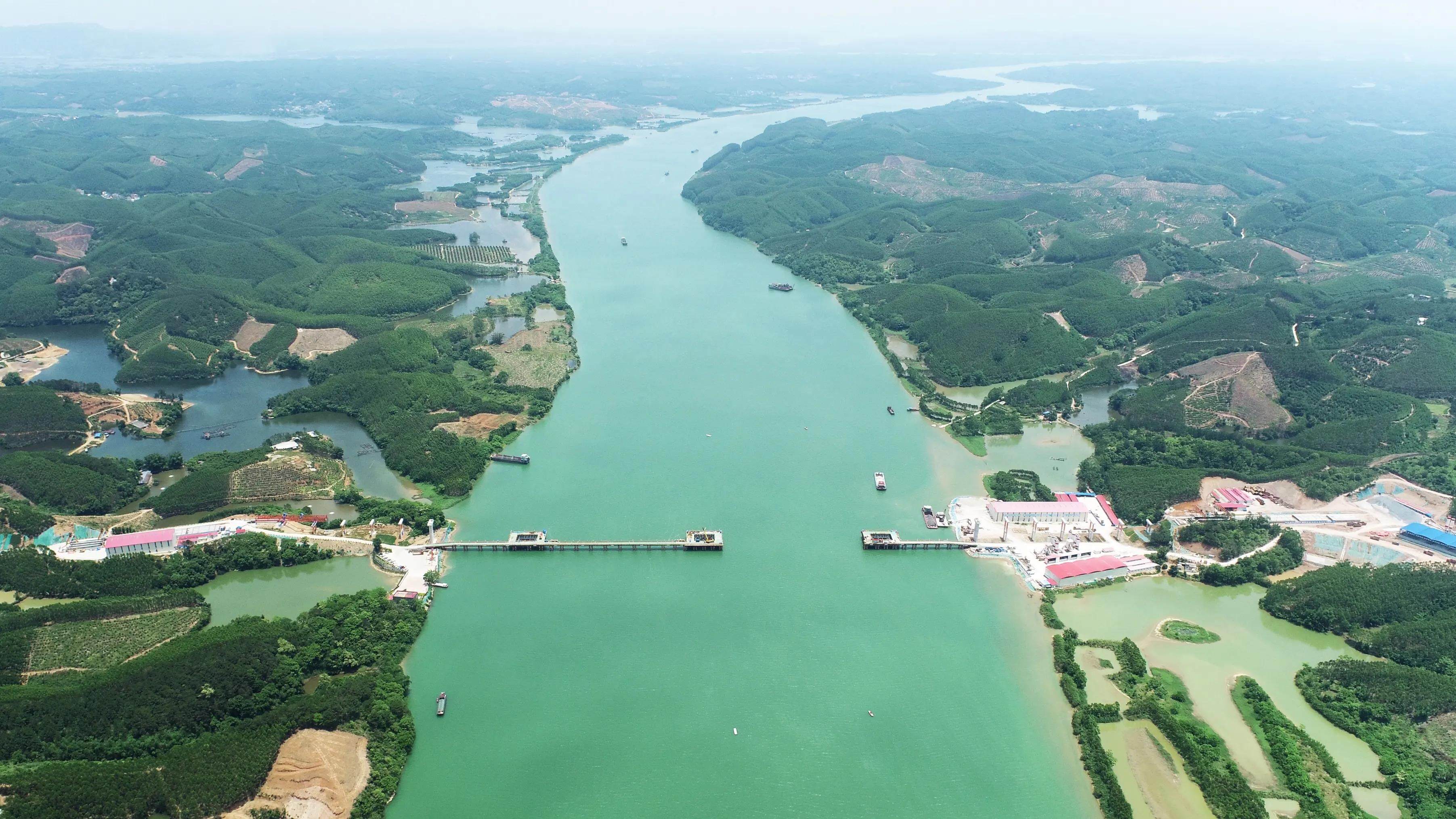
Drive the development of the hinterland. Guangxi is China's bridgehead to ASEAN, China's largest trading partner. Guangxi's Beibu Gulf Port is China's closest seaport to the Strait of Malacca, and it is also the only sea outlet in the southwest. This is Guangxi's unique geographical advantage. The direct hinterland of the Pinglu Canal includes Qinzhou, Nanning, Guigang, Baise, Laibin, Liuzhou, Hechi, Chongzuo and other cities in Guangxi, and it can also radiate the entire Guangxi region and parts of Guizhou, Yunnan, Hunan and other provinces. The construction of the Pinglu Canal will help Guangxi give full play to its geographical advantages.
Liu Ning, Secretary of the Party Committee of Guangxi Zhuang Autonomous Region and Director of the Standing Committee of the People's Congress of the Autonomous Region, said that the Pinglu Canal is of strategic significance for promoting the development of Guangxi and Southwest China. After the canal is completed and opened to navigation, it will directly open up the shortest, most economical and most convenient sea-going channel in Guangxi inland and southwest and northwest China, which can effectively solve the problem of unimpeded shipping on the West River and greatly improve the transportation capacity of the new land-sea channel in the west; The resource advantages along the channel will be accelerated into economic development advantages, the strategic layout of regional development will be optimized, the balanced and coordinated development of the regional economy will be promoted, and a new pattern will be formed in the development of the western region in the new era. Liu Ning said that the Pinglu Canal will change the status quo that Guangxi is close to the sea but no rivers are navigable into the sea, and make the capital Nanning a coastal city, forming an urban agglomeration pattern of Nanning, Beihai, Qinzhou and Fangchenggang, promoting the construction of an international gateway port in the Beibu Gulf, and promoting the development of economic development of the sea.
Lei Xiaohua, deputy director of the Institute of Southeast Asian Studies of Guangxi Academy of Social Sciences and chief expert of the Southeast Asian and International Studies Research and Innovation Team, said that "a river and spring water flows eastward" has formed a traditional economic map, and after the completion of the Pinglu Canal, Guangxi will The sea requires a port and a port, and an industry and an industry. The river flowing south will break the original pattern, and will also form a new economic map and a new development highland in the western region. According to conventional forecasts, the cargo volume of the Pinglu Canal will reach 95.5 million tons by 2035, and 120 million tons by 2050. In the ideal case of considering the induced traffic volume, the cargo volume will reach 1.5 million tons in 2050. - 180 million tons.
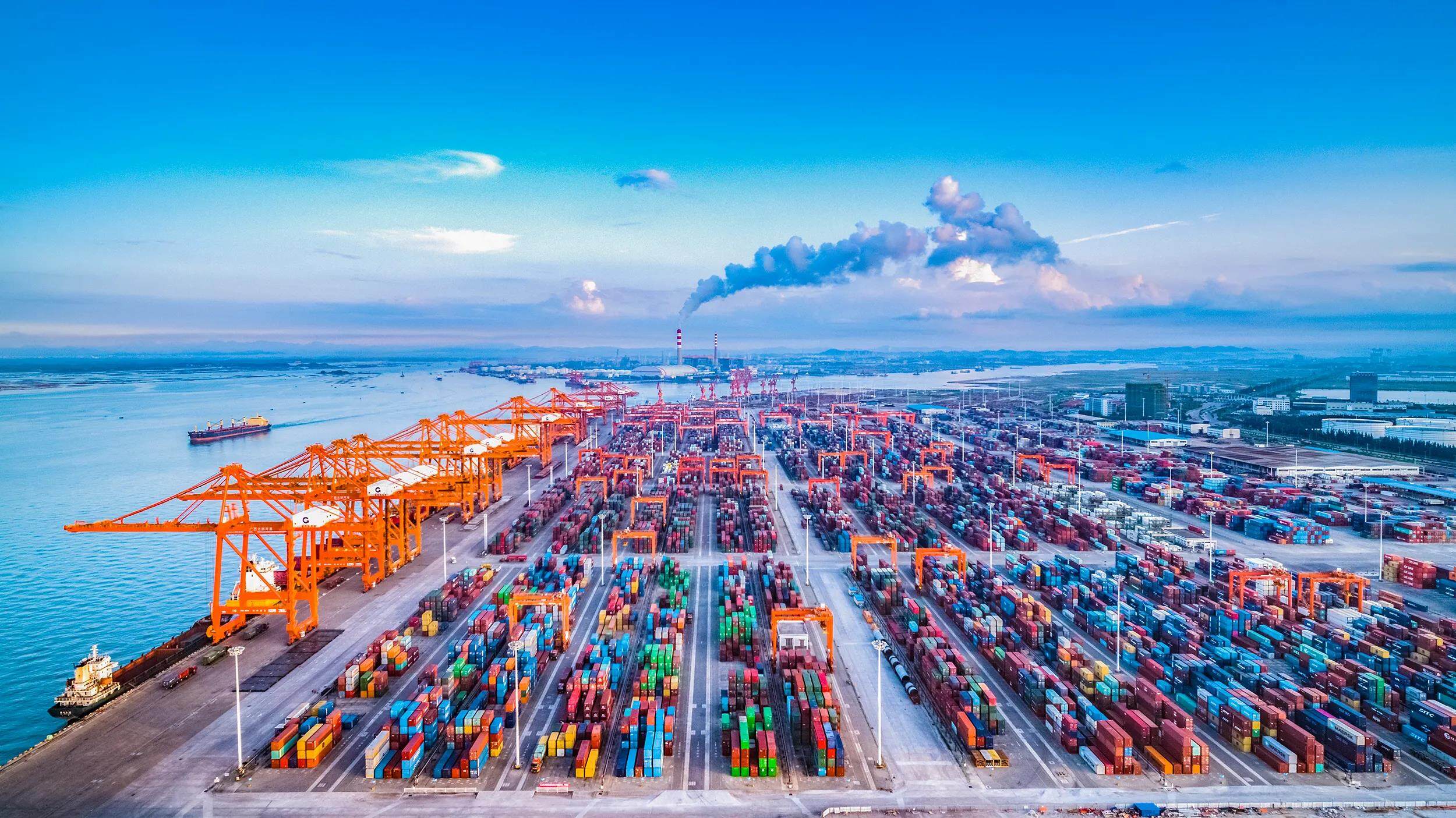
Save on shipping costs. The Pinglu Canal directly connects the Xijiang and Qinjiang water systems, and the upper reaches are connected to the Xijiang shipping trunk line, which is known as the "Golden Waterway". It goes westward through the Yongjiang River to Nanning, Baise, Chongzuo and reaches Yunnan, and eastwards through the Yujiang River to the Guangdong-Hong Kong-Macao University. The Bay Area, going northwards through Qianjiang, Liujiang, Hongshuihe and Duliujiang directly to Liuzhou, Laibin and Guizhou, and southwards from Qinzhou to sea.
The middle and upper reaches of the Xijiang shipping trunk line will go to sea from Qinzhou Port via the Pinglu Canal, which will be significantly shorter than the current voyage from the Pearl River Delta port via Wuzhou.
The construction of the Pinglu Canal will directly benefit local shipping companies. According to Huang Qiongyong, the third generation of the ship, now, their cargo ships go east through the Pearl River Delta and go to sea through the Beibu Gulf port after the Pinglu Canal is built. Since local shipping companies learned that the construction of the Pinglu Canal was underway, they could not wait to start planning for the layout of related industries. "Our company has more than 80 cargo ships, and now we have started to customize LNG green energy ships, or renovate old ships to meet the Pinglu Canal." Huang Qiongyong said. Some of his friends plan to build shipyards, some plan to cooperate with railway and road transportation companies to strengthen sea-rail intermodal transport and high-sea intermodal transport, while others are looking for partners to explore new business opportunities together.
Peng Xianxiong, head of Guangxi Guigang Xingtai Shipping Co., Ltd., said his shipping company is located in Guigang Port, the largest inland port in southern China. His cargo ships generally depart from Guigang Port and take the Xijiang waterway to sea. After the construction of the Pinglu Canal, he will adjust the company's development direction in a timely manner, lay out the cargo routes in Southeast Asia, and at the same time improve the company's software and hardware capabilities to adapt to new route requirements.
"Although it is on the coast, Guangxi does not have a water channel that leads to the river and the sea." Chen Hongqi pointed out that as the only water channel in Guangxi, most of the Xijiang River is in Guangxi, and most of the goods in inland cities go to the sea through the Pearl River to Guangzhou. However, as the last cascade hub of the Xijiang shipping trunk line and the "throat" of the Xijiang golden waterway, the annual throughput of the Wuzhou Changzhou Water Control Project has exceeded the Yangtze River Three Gorges Project for two consecutive years, reaching 150 million tons in 2021, which has been severely overloaded. The traffic jam is very severe, and it is normal to be jammed for a week at most.
In the past, except for the coast of Beibu Gulf, goods from Guangxi could only go to sea via Guangdong. With the Pinglu Canal, it is different. Nanning goes to sea through Qinzhou, which is 560 kilometers shorter than going to sea through Guangzhou. Transportation cost savings will reach 3.64 billion yuan and 5.21 billion yuan in 2035 and 2050, respectively. At the same time, the Pinglu Canal is constructed in accordance with the first-class waterway, taking into account the navigation standards of 5,000-ton ships, which is also among the best among the major rivers in China.
The Pinglu Canal enriches the concept and connotation of Guangxi's advantages along the river. After the completion of the Pinglu Canal, the new western land-sea channel will provide rich transportation forms such as rail-sea combined transportation and river-sea combined transportation, which will provide logistics transportation support and industrial support for the western region. As the hardware of river-sea combined transportation, the Pinglu Canal has opened up the two veins of Guangxi's opening and development in terms of improving the transportation mode and opening pattern, improving and facilitating the flow of production factors and industrial connection.
Facilitate green development. Earlier, Chen Liang, director of the Department of Ecology and Environment of Guangxi Zhuang Autonomous Region, said at a press conference on the environmental impact assessment of the Pinglu Canal project that the Pinglu Canal project will be characterized by "smooth rivers, clear water, flying fish, green shores, beautiful scenery, and low water." Carbon" as the goal, and strive to build a world-class high-level protected ecological canal and green canal.
In the construction of green projects, Guangxi vigorously implemented major restoration projects of important ecosystems along the canal, and continuously improved the quality and stability of ecosystems. In the construction of the Pinglu Canal, fish breeding stations, fish passages, and terrestrial animal passages will be set up to create an ecological conservation area, strengthen the protection of ancient and famous trees along the land area, continue to consolidate and promote the comprehensive renovation of the "Blue Bay", and strengthen mangroves and Manage and protect oyster germplasm resources, build biodiversity observation stations, build biodiversity monitoring and tracking assessment mechanisms, and adjust and optimize ecological protection measures in a timely manner. At the same time, promote the demonstration of LNG ships and electric passenger ships, build green port terminals with high standards and high starting points, and strive to build China's first "water transportation project" low-carbon model project. It will also create green development models such as ecological civilization demonstration towns along the canal, ecological tourism demonstration belts, and cultural exhibition areas. Determine the "total amount of development" based on "environmental capacity", vigorously develop green industries such as canal culture, tourism, trade, leisure, health, and logistics, and build a waterfront green economy.
Ning Wu, director of the Pinglu Canal Office of Guangxi Beibu Gulf International Port Group Co., Ltd., introduced that in the future, the Pinglu Canal will focus on Nanning and Qinzhou to drive the development of cities such as Liuzhou, Guigang, Fangchenggang, Laibin, Wuzhou and Beihai. It extends upstream to Yunnan and other places along the Xijiang Golden Waterway, and extends downstream to western Guangdong and other places, and radiates northward along the new western land-sea channel to Sichuan, Chongqing, Guizhou, Hunan, Shaanxi, Gansu and other places.
In the first half of 2022, a total of 4,132 sea-rail intermodal trains were opened in the new western land-sea channel, a year-on-year increase of 42%; Beibu Gulf Port completed a cargo throughput of 182 million tons, a year-on-year increase of 5%, and a container throughput of 3.165 million TEUs, a year-on-year increase. twenty one%. Ning Wu pointed out that at present, the cargo throughput of Beibu Gulf Port still has great potential. After the completion of the Pinglu Canal, water transportation from Guangxi to ASEAN countries will be more convenient, which will change the transportation pattern and contribute to the development of the seaward economy. By then, Beibu Gulf Port will become a real sea outlet. With the combination of road, railway and water transportation, coal and non-ferrous metals from Guizhou, Yunnan and other places will be transported to Beibu Gulf Port in a faster way and exported to ASEAN countries. At the same time, aquatic products, nuts, fruits, etc. from ASEAN countries can also penetrate into the western hinterland by sea-rail combined transportation, highway-rail combined transportation, etc. through Beibu Gulf Port.
In the future, a vibrant and prosperous canal, a smart canal and a green canal will surely flood the Bagui River and benefit the people. Editor/He Yuting
Comment
 Praise
Praise
 Collect
Collect
 Comment
Comment
 Search
Search


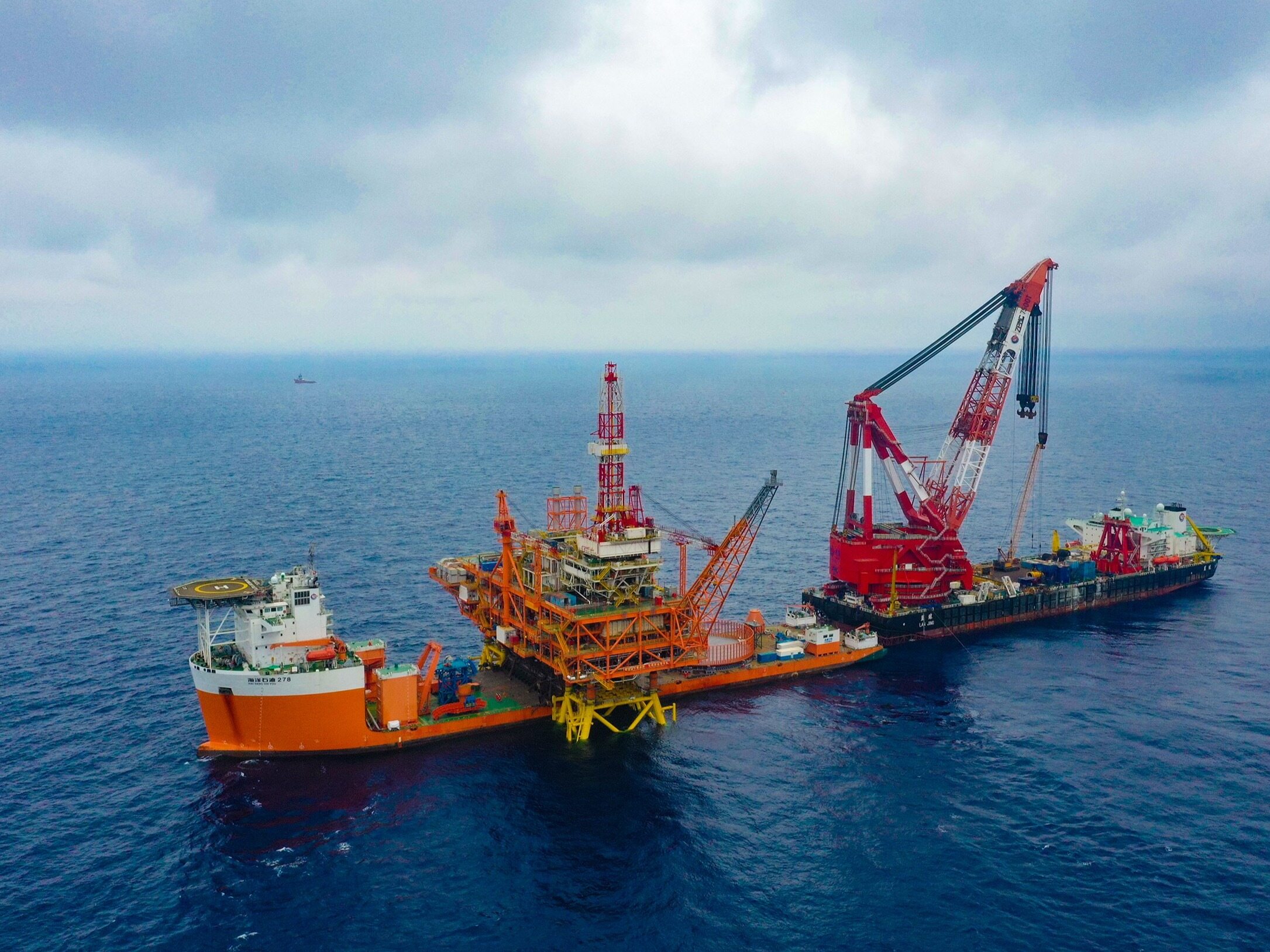
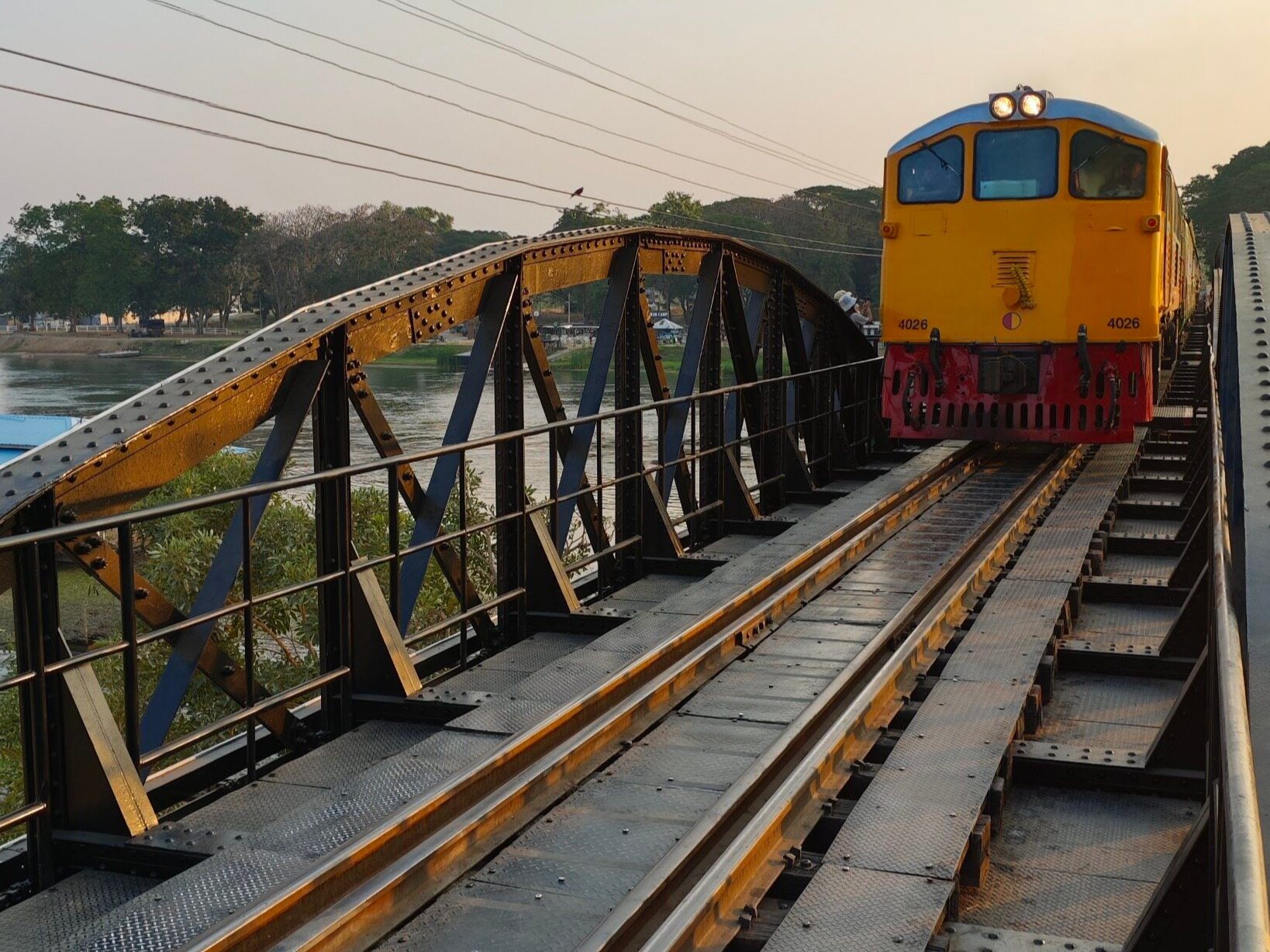


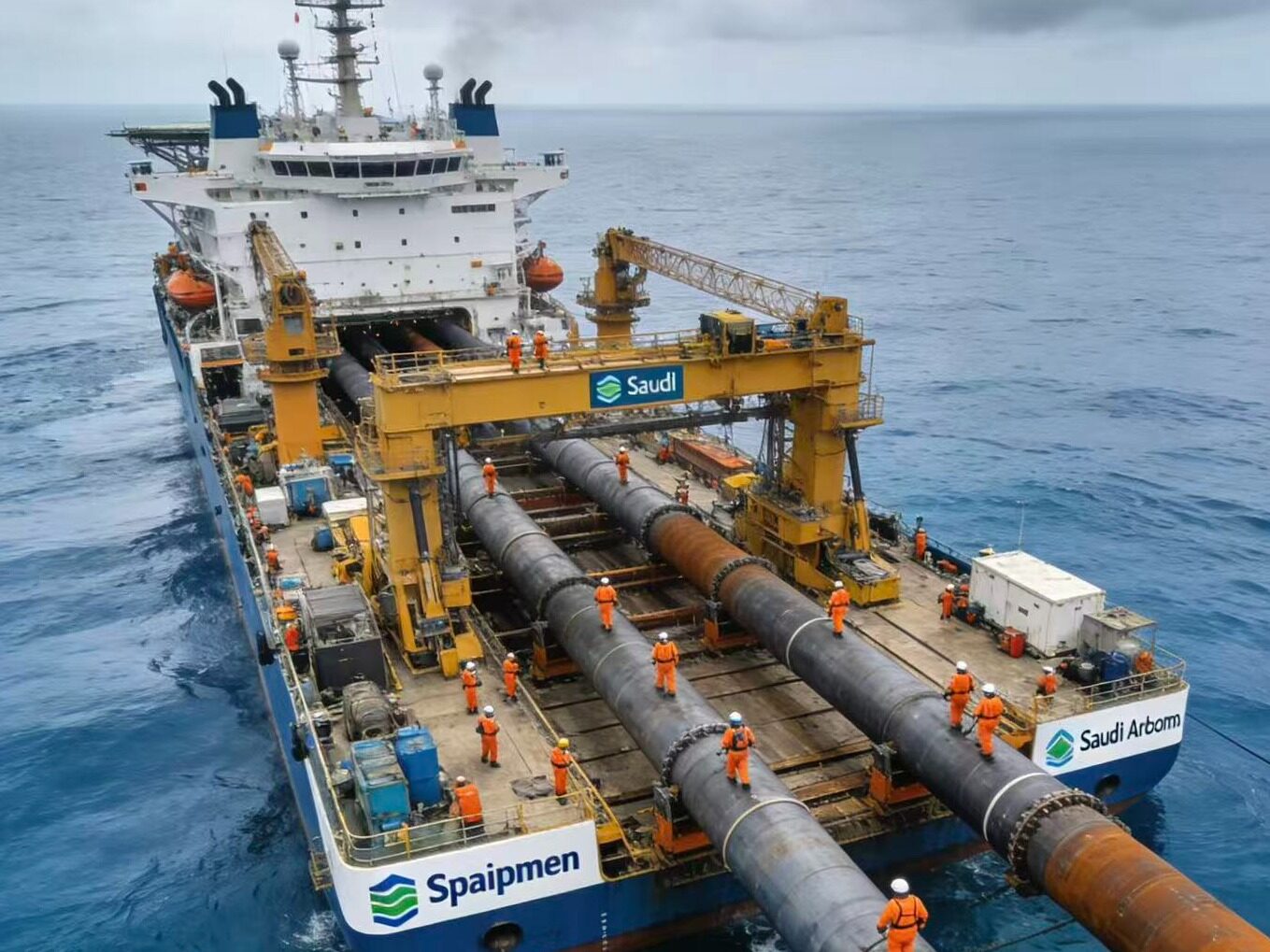
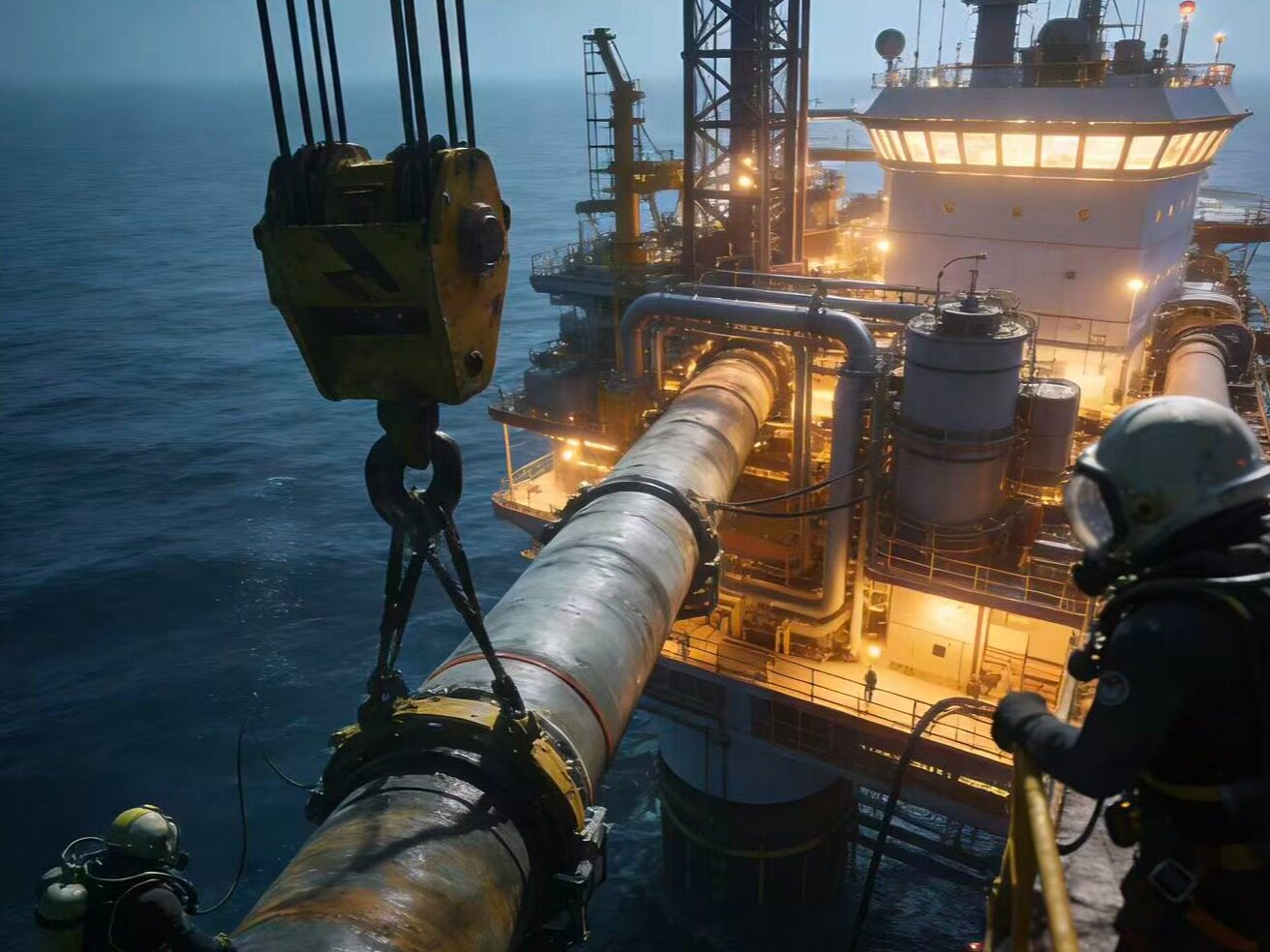






Write something~